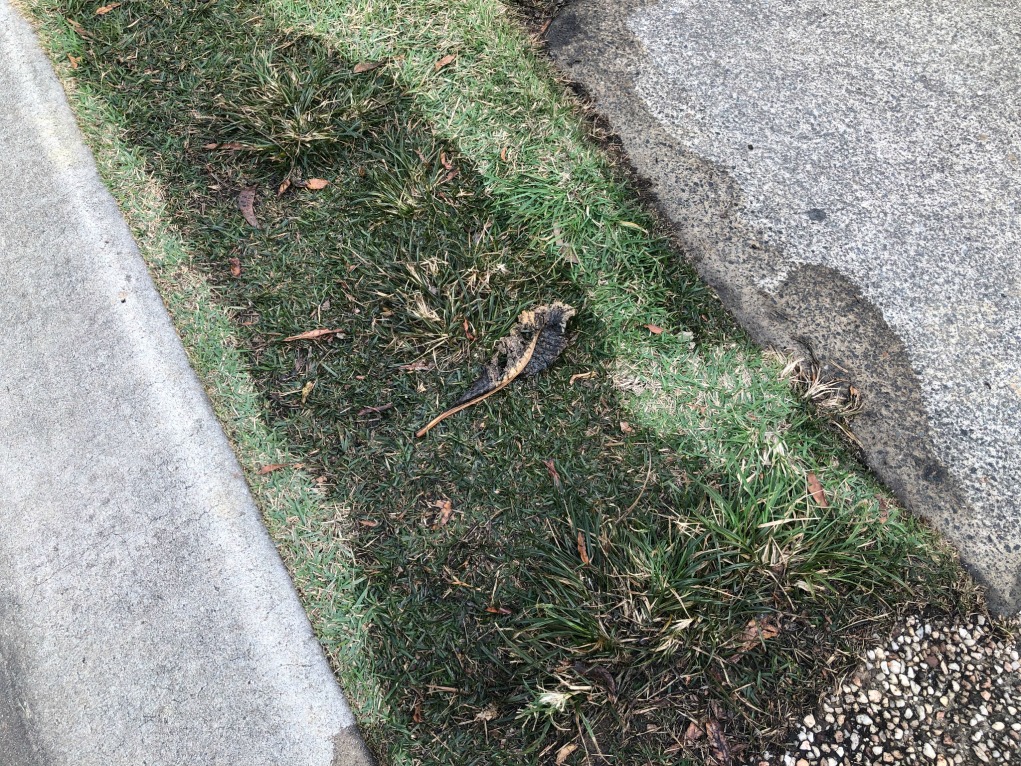The author is making several great points related to Hacks to detect leaks as a whole in this post below.

Early detection of dripping water lines can reduce a potential catastrophe. Some tiny water leaks may not be noticeable.
1. Examine the Water Meter
Every home has a water meter. Inspecting it is a surefire way that aids you find leaks. For starters, shut off all the water resources. Guarantee no one will certainly flush, utilize the tap, shower, run the washing machine or dishwasher. From there, go to the meter as well as watch if it will change. Because no one is using it, there must be no motions. If it moves, that shows a fast-moving leakage. Furthermore, if you identify no changes, wait an hour or two as well as check back once more. This indicates you may have a sluggish leak that can also be below ground.
2. Examine Water Consumption
If you detect abrupt adjustments, regardless of your intake being the very same, it suggests that you have leakages in your plumbing system. An abrupt spike in your costs shows a fast-moving leakage.
A steady increase every month, even with the exact same behaviors, reveals you have a slow-moving leakage that's also slowly escalating. Call a plumber to extensively examine your home, particularly if you feel a cozy area on your floor with piping beneath.
3. Do a Food Coloring Examination
When it comes to water consumption, 30% comes from toilets. If the color in some way infiltrates your dish throughout that time without flushing, there's a leak in between the container as well as bowl.
4. Asses Outside Lines
Don't fail to remember to examine your exterior water lines too. Test spigots by attaching a garden hose. Ought to water seep out of the link, you have a loosened rubber gasket. Change this as well as make sure all connections are tight. If you've obtained an automatic sprinkler, it will aid get it skillfully examined as well as maintained every year. One tiny leak can throw away tons of water as well as increase your water expense.
5. Evaluate and also Analyze the Scenario
House owners must make it a behavior to inspect under the sink counters and also also inside closets for any bad odor or mold growth. These 2 warnings show a leak so prompt interest is called for. Doing routine inspections, also bi-annually, can conserve you from a significant problem.
If you recognize your house is currently old, keep a watchful eye on your heaters, hoses, pipes and so on. Look for discolorations and damaging as most pipes and devices have a life span. They will certainly likewise naturally wear away as a result of tear and also use. If you presume dripping water lines in your plumbing system, do not wait on it to rise. Call a professional plumber immediately so you don't wind up with a dreadful mess in your house.
Early detection of dripping water lines can alleviate a prospective disaster. Some little water leaks may not be visible. Examining it is a guaranteed way that aids you find leaks. One small leak can throw away heaps of water as well as spike your water costs.
If you think dripping water lines in your plumbing system, don't wait for it to escalate.
WARNING SIGNS OF WATER LEAKAGE BEHIND THE WALL
PERSISTENT MUSTY ODORS
As water slowly drips from a leaky pipe inside the wall, flooring and sheetrock stay damp and develop an odor similar to wet cardboard. It generates a musty smell that can help you find hidden leaks.
MOLD IN UNUSUAL AREAS
Mold usually grows in wet areas like kitchens, baths and laundry rooms. If you spot the stuff on walls or baseboards in other rooms of the house, it’s a good indicator of undetected water leaks.
STAINS THAT GROW
When mold thrives around a leaky pipe, it sometimes takes hold on the inside surface of the affected wall. A growing stain on otherwise clean sheetrock is often your sign of a hidden plumbing problem.
PEELING OR BUBBLING WALLPAPER / PAINT
This clue is easy to miss in rooms that don’t get much use. When you see wallpaper separating along seams or paint bubbling or flaking off the wall, blame sheetrock that stays wet because of an undetected leak.
BUCKLED CEILINGS AND STAINED FLOORS
If ceilings or floors in bathrooms, kitchens or laundry areas develop structural problems, don’t rule out constant damp inside the walls. Wet sheetrock can affect adjacent framing, flooring and ceilings.
https://www.servicemasterbyzaba.com/blog/how-to-detect-water-leakage-in-walls/

I am very interested in Finding hidden leaks and I really hope you liked the new blog posting. Are you aware of another person who is interested by the niche? Be sure promote it. Thanks a bunch for your time. Don't forget to check up our site back soon.